The study “Efficacy of Incentive Spirometer in Increasing Maximum Inspiratory Volume in an Out-Patient Setting” by Harjyot Toor and colleagues explores how incentive spirometers (IS) can improve lung function in outpatients, particularly for those with respiratory issues or after surgery.
Methodology and Participant Details
Conducted in a clinic for physical medicine and rehabilitation during the COVID pandemic, the study focused on patients who could perform deep breathing exercises but excluded those with severe respiratory diseases. Participants used IS devices along with light exercises and postural drainage.
Key Findings and Results
The research found that all participants showed increased maximal inspiratory volume after 30 days of regular IS use. This improvement in lung capacity happened without any negative effects or the need for extra doctor consultations.
Other Techniques Used in the Study
Besides incentive spirometers, the study also incorporated light exercises, walking, and postural drainage to boost respiratory function and physical health.
Future Research and Clinical Implications
This study suggests more research in outpatient respiratory rehabilitation and the potential benefits of using IS in regular care for patients with chronic pain or at risk of respiratory problems.
Conclusions and Practical Uses
The study concludes that incentive spirometers can significantly enhance lung function in outpatient settings. It highlights the importance of including IS in patient care plans, especially during times like the COVID pandemic, to improve lung capacity and overall respiratory health.



